Ancient Scripts and Phonological Knowledge.
This study investigates the properties of several ancient syllabic and linear segmental scripts to make explicit the aspects of linguistic knowledge they attempt to represent. Some recent experimental work suggests that nonliterate speakers do not have segmental knowledge and that only syllabic knowledge is 'real' or accessible, whence the ubiquity of syllabaries. Miller disputes this by showing that such tests do not distinguish relevant types of knowledge, and that linguistic analysis of the ordering and writing conventions of early Western scripts corroborates the evidence from language acquisition, use, and change for segment awareness. By coding segments, the ancient syllabaries represented more phonological knowledge than the alphabet, which was a poor compromise between the vowelless West Semitic scripts and the vowel-redundant syllabic scripts.A wide range of information about early scripts and their development is combined with a new theory of the syllable as 'Sonority Phrase'. The book's value is further enhanced by thorough discussion of the issues from a broad range of theoretical and applied viewpoints, including language play and change, cognition, literacy, and cultural history.
{{comment.content}}
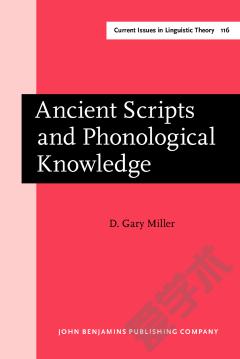
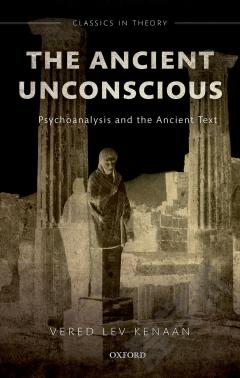

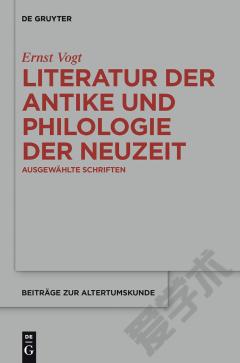

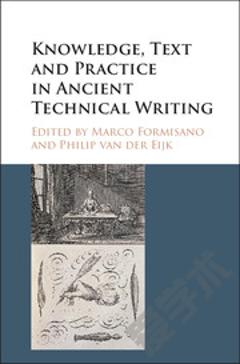
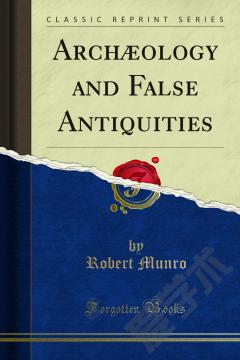

 京公网安备 11010802027623号
京公网安备 11010802027623号